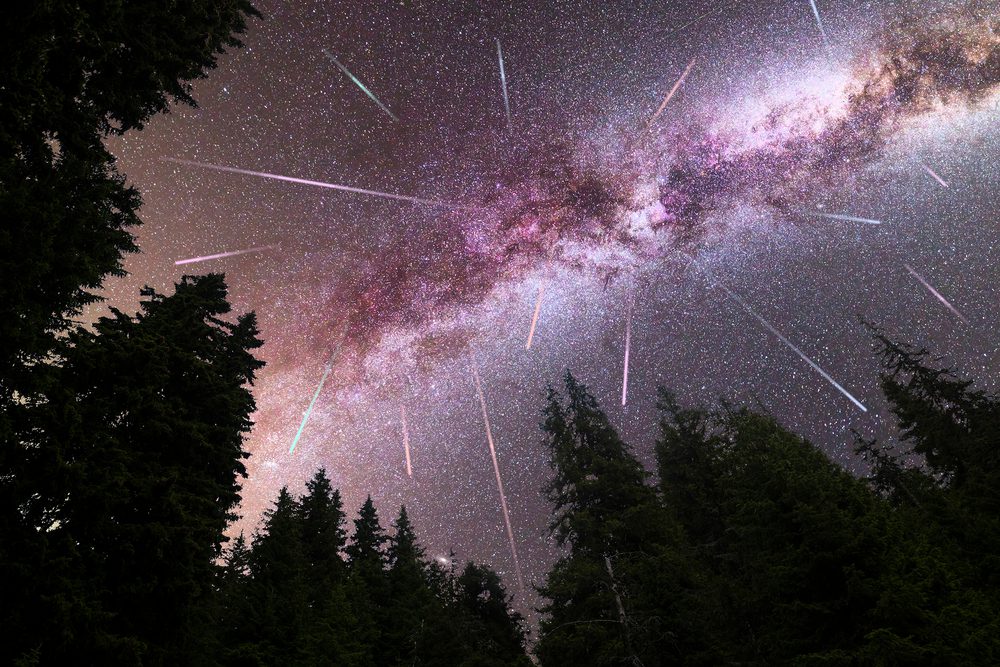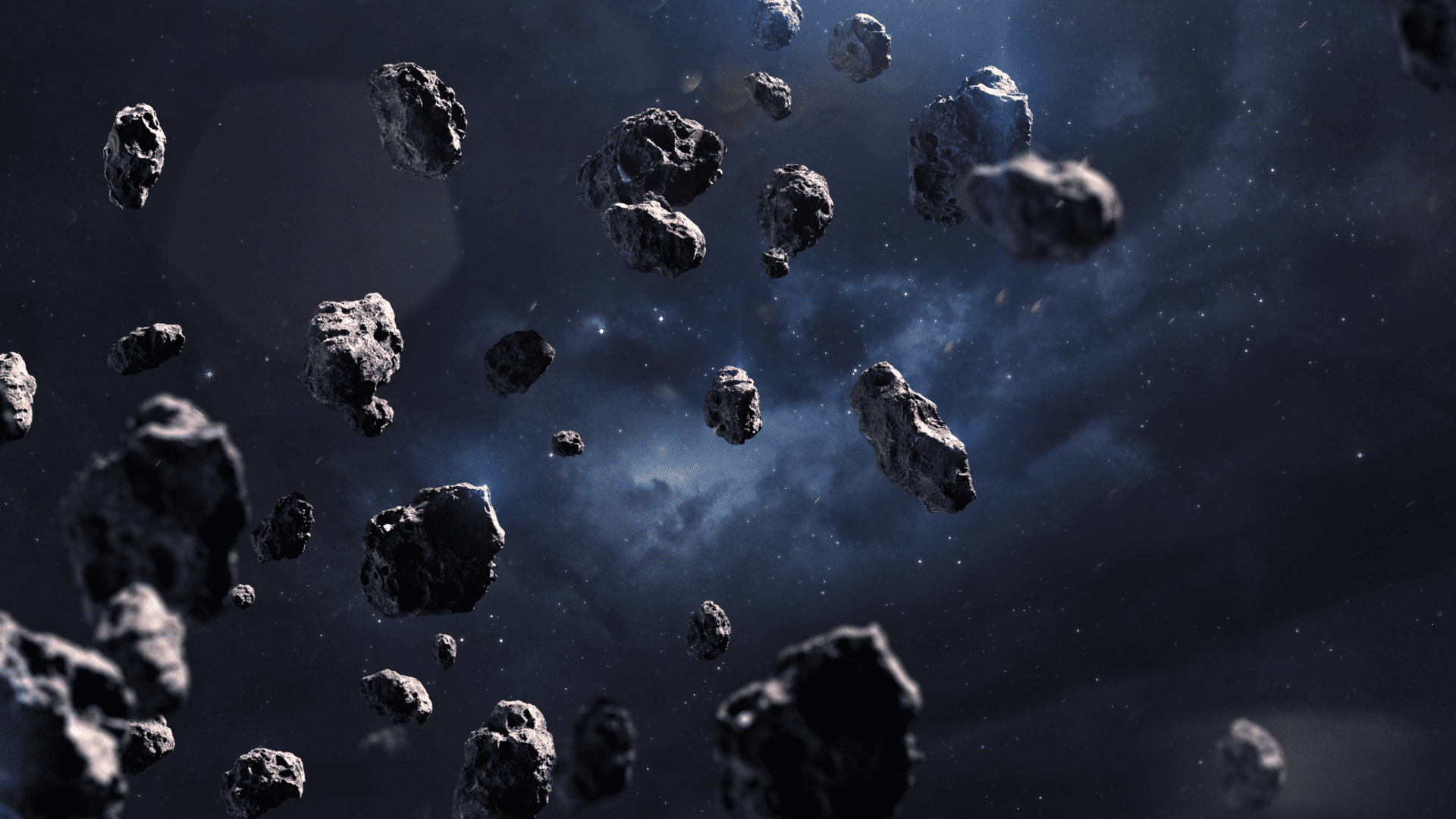Happy National Space Day! The day is dedicated to recognizing the amazing wonders and opportunities of space. National Space Day is an annual day that falls on the first Friday of May every year. In honor of the day, here is a list of exciting space events and launches coming up in 2024.
NASA’s Boeing Crew Flight Test
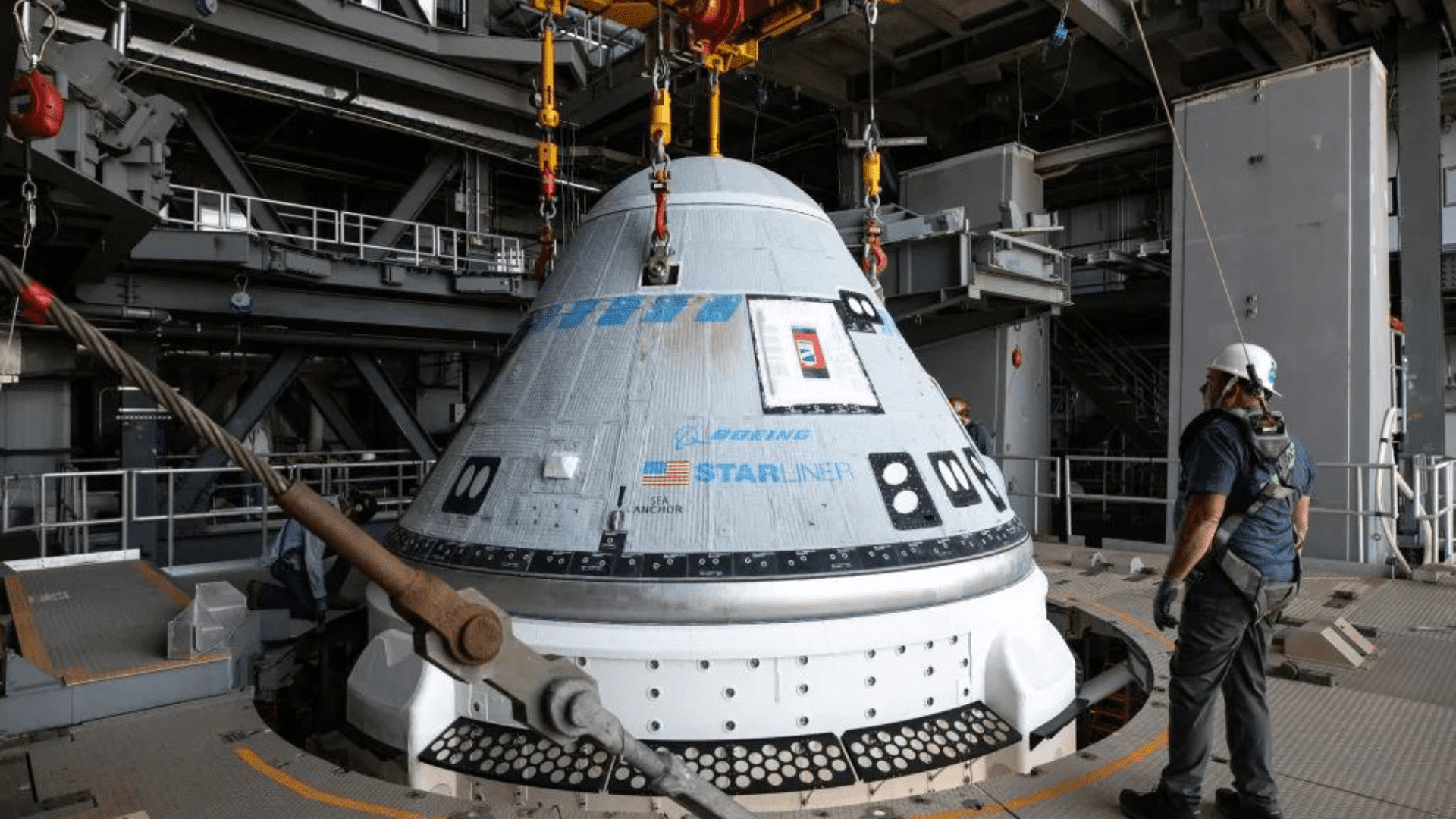
NASA astronauts Butch Wilmore and Suni Williams will be the first astronauts to fly aboard Boeing’s Starliner spacecraft. The crew of two will launch on a United Launch Alliance Atlas V rocket to the International Space Station. Through a partnership with NASA’s Commercial Crew Program and Boeing, the two are working on launching American rockets from American soil. According to NASA, the goal of the program is to “provide safe, reliable, and cost-effective transportation on space station missions, which will allow for additional research time.”
The astronauts will spend about a week at the ISS before landing back in the United States. After returning, NASA will start finalizing the certification for Starliner to send crewed missions to the space station.
Following National Space Day, the launch is scheduled for Monday, May 6, 2024, at 10:34 p.m. EDT from Cape Canaveral Space Force Station in Florida.
Perseid Meteor Shower & Conjunction
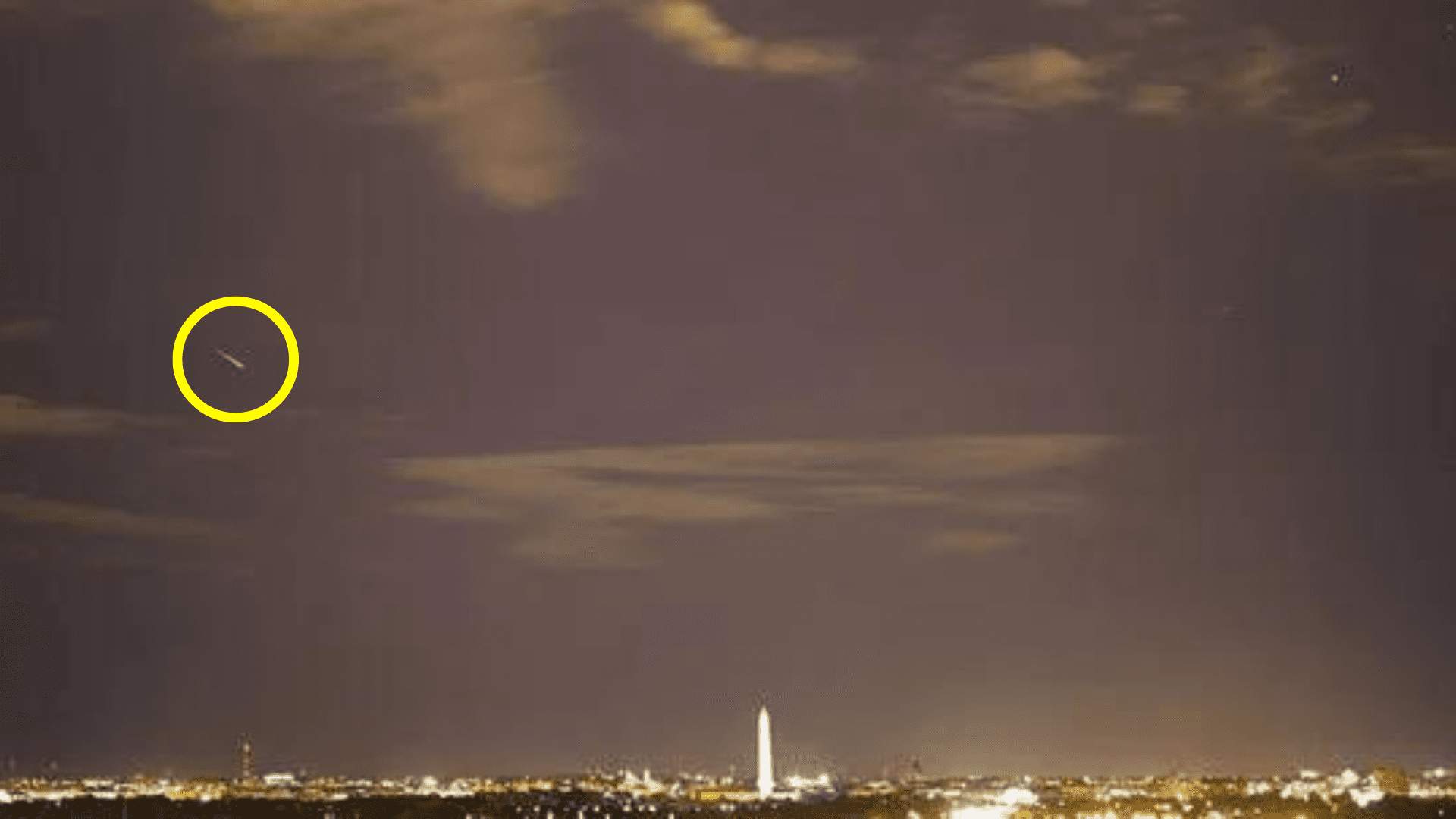
There are many annual meteor showers but the Perseid Meteor Shower is coming up this summer. The shower’s peak viewing should be the night between August 11-12. Depending on where you live, the Moon will set between sunset and midnight. When this happens, it creates a dark sky that is ideal for meteor shower viewing. Perseids peaks every August and is one of the most spectacular showers to witness. During its peak, there are about 50-100 meteors per hour at dark sites.
Following the meteor shower, Jupiter and Mars will be extremely close to each other in the sky as seen from Earth. This is called a conjunction. It’s an exciting event, especially if you look at it through binoculars or a telescope.
Hera Asteroid Investigator
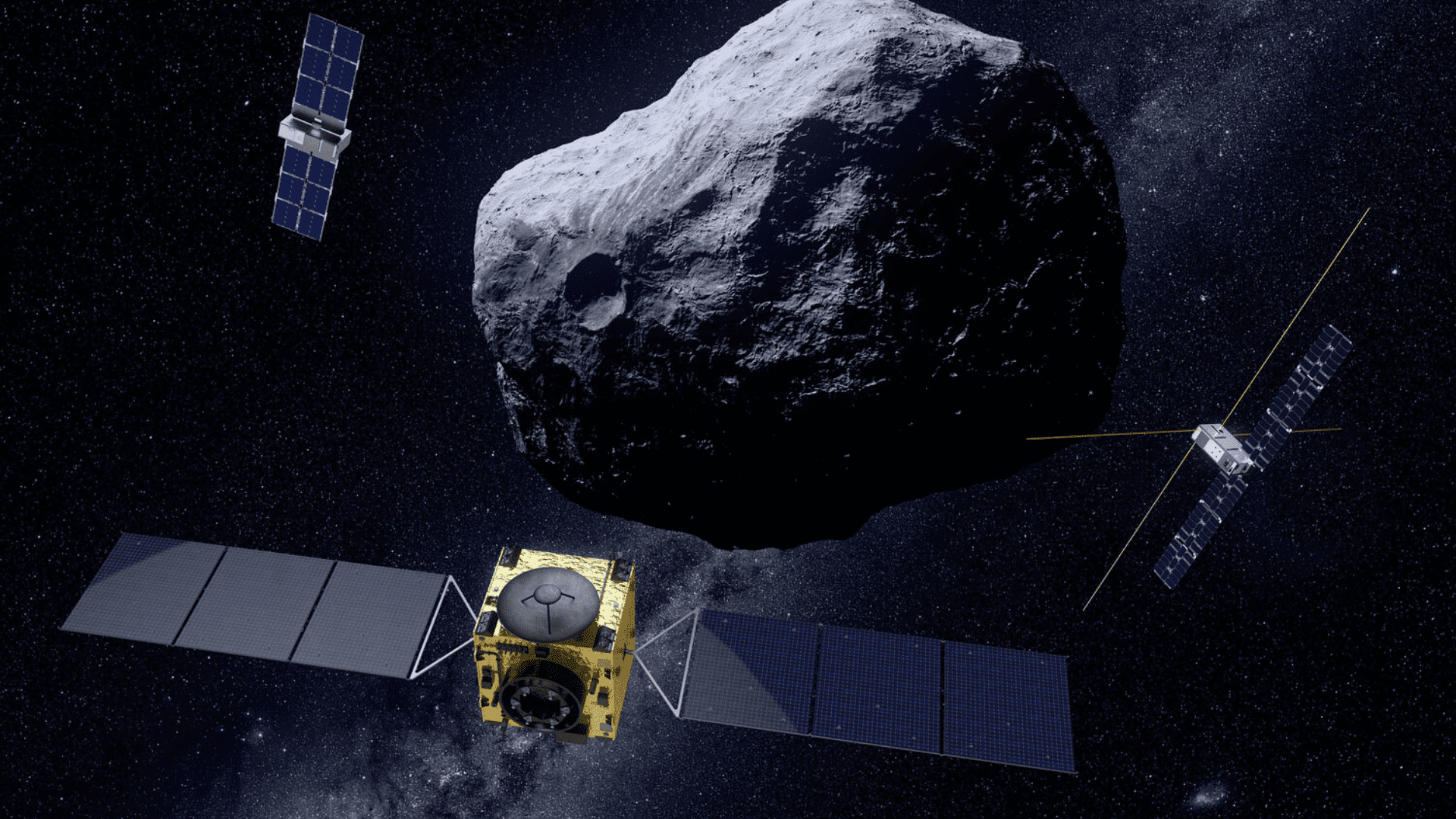
The European Space Agency’s (ESA) asteroid investigator, Hera, has a very important mission. Hera is scheduled to launch in October of 2024, with its sites set on an asteroid’s moon. In September 2022, NASA’s DART mission intentionally crashed into the moon of a near-Earth asteroid. This changed its orbit. Two years later, the ESA is sending the Hera asteroid investigator to measure DART’s impact. While the launch is set for October 2024, Hera isn’t expected to land on the asteroid until 2026.
Explore Tomorrow's World from your inbox
Get the latest science, technology, and sustainability content delivered to your inbox.
I understand that by providing my email address, I agree to receive emails from Tomorrow's World Today. I understand that I may opt out of receiving such communications at any time.
NASA Europa Clipper
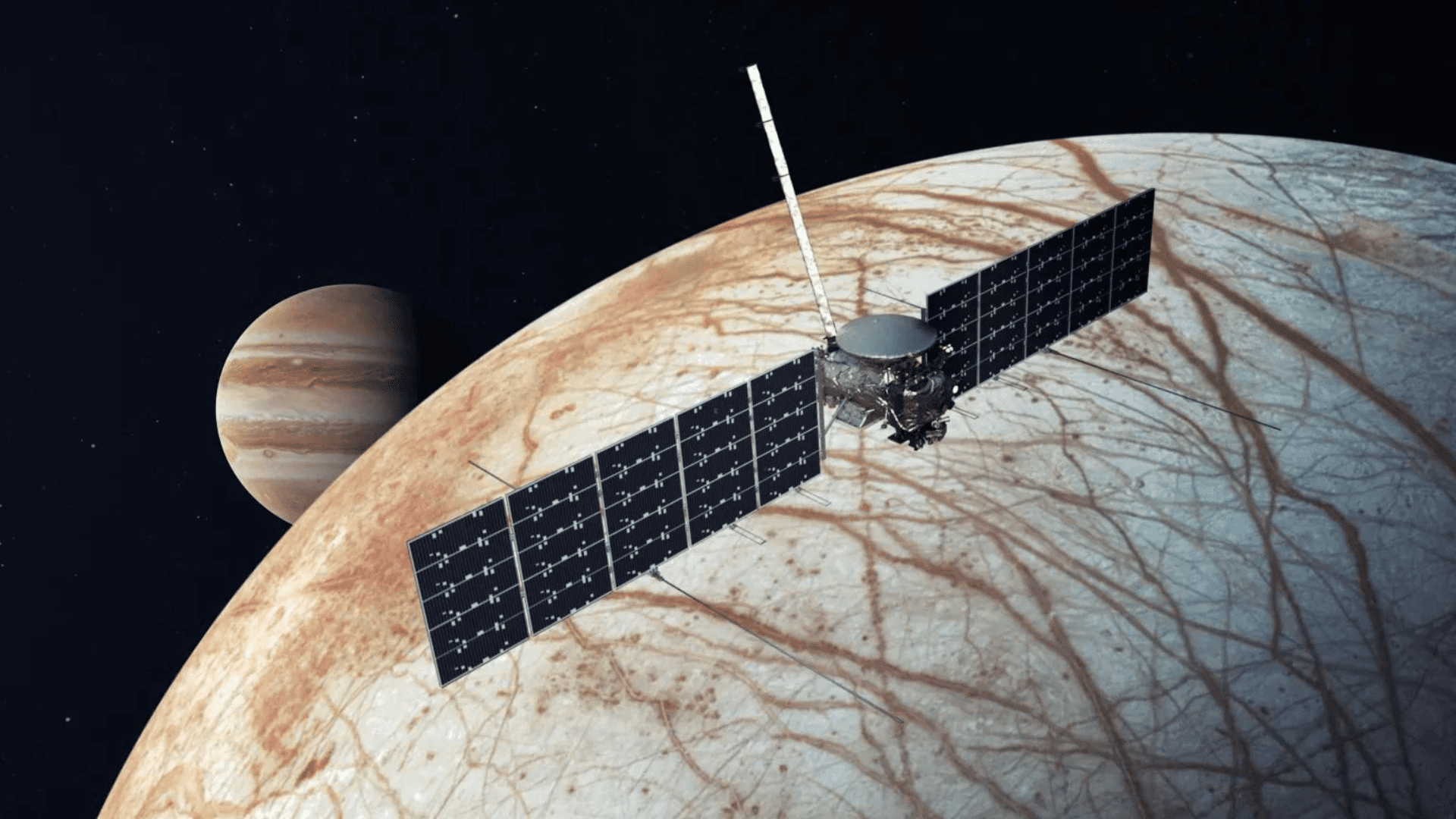
Also coming up in October is the launch of NASA’s Europa Clipper. The Europa Clipper is going to Jupiter’s icy moon Europa. There is one main goal of this mission and that is to determine if there are places underneath Europa’s icy surface that could support life. In addition, its objectives include understanding the nature of the ice shell and the ocean beneath it, along with the moon’s composition and geology.
NASA’s Europa Clipper will launch on October 10, 2024. However, the Europa Clipper won’t land on Jupiter until 2030.
Venus Life Finder

National Space Day turns our attention to the Venus Life Finder. This mission is one of the last planned for 2024. MIT and the launch vehicle company Rocket Labs are partnering to send the first private mission to Venus. During the mission, the Venus Life Finder will drop a small probe into Venus’ atmosphere. The goal is to scan for organic molecules that could be a possible sign of life.
The Venus Life Finder is scheduled to launch on December 30, 2024. However, it is not scheduled to reach Venus until 2025.
National Space Day is a great chance to get ready for some exciting space events but it is a great opportunity to dedicate the day to the wonders of outer space. Take the time to stargaze or learn something new about space. There is a lot out there and a lot we don’t know about. There is no better time to be curious about space than the first Friday of May.




